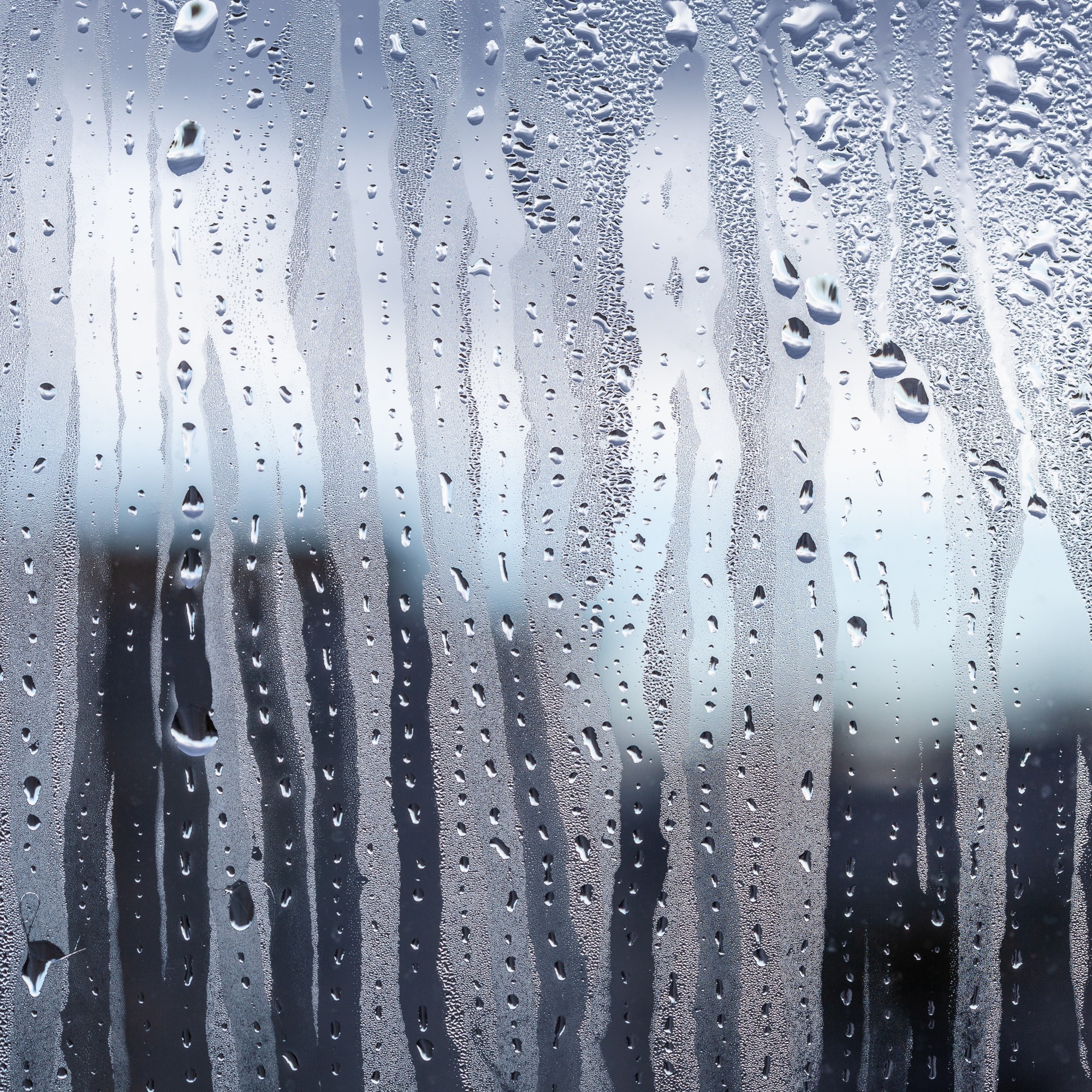

If you've seen signs of damp and mould in your home, it's vitally important to get rid of it as soon as possible.
Here is a full guide to help you understand more about damp and mould, as well as how you can prevent it from happening – and why you should contact Freebridge as your landlord as soon as you become aware of it.
There are generally four causes of damp and mould within a home:
We've put this information in a simple process video that you can see below:
Click one of the below if you need support with:
So, what is mould?
By definition, mould is a part of the fungi family. Individually it is tiny and grows in clusters in moist and damp areas where there is a lack of air. There are so many types of mould that scientists don't know the exact figure, but they believe there are more than 100,000 different varieties.
What is condensation?
Condensation happens when warm air and cold surfaces collide (your windows, for example), or when your home is too humid. This can then cause patches of black mould to form.
Condensation is the most common cause of damp and mould and the ‘condensation season’ runs from October to May.
Condensation doesn't just happen on windows or in the bathroom - it can form on any cold surface in your home, such as near windows, in corners, and behind wardrobes and cupboards for example.
Common signs condensation has caused damp inside your home:
What is rising damp?
This is when moisture travels up and into the property from the ground. Telltale signs of this are when lower parts of your wall, such as the skirting boards, go soft or when wallpaper or paint peels off.
This usually happens because of poor or failed damp proofing, which is usually built into walls to stop this.
This is also the most common misdiagnosed type of damp.
Signs of rising damp are:
What is penetrating damp?
This is moisture from an external source that enters the property. This kind of damp can appear anywhere in your walls, ceiling and floors, and usually happens when:
The signs of penetrating damp are:
How should I attempt to avoid condensation occurring in my Freebridge home?
What are water leaks?
Leaks from broken pipes such as water supplies, central heating and plumbing.
If you have damp and mould in your home, you should contact our Customer Experience Team by calling 03332 404 444 (option 1). You can also email [email protected] if you’d prefer to.
If you are worried or concerned about the presence of damp, mould or condensation in your home, always report issues to Freebridge in the first instance. We are responsible for fixing and repairing the cause of damp. This could include structural problems, leaking internal pipes or poor ventilation including missing/poor working extractor fans.
To decide on the best solution for you and your home, our team will listen carefully to your concerns and carry out a detailed assessment over the telephone. We will then follow this up with a home visit, so that we can agree a plan of action.
There are some simple steps you can take as a tenant to help prevent the development of condensation and spread of mould in your home.
You can ventilate your home to help stop the build-up of moisture by:
We understand that the cost of living continues to rise – and that some of the tips for preventing condensation, damp and mould in your home may not be financially viable. Rising energy bills may, for example, make it difficult for you to keep your home at a constant temperature or mean you don’t want to open your windows. Freebridge may be able to help you via our Support Fund, which you can read more about here. You can also call 03332 404 444, hold the line and then ask to speak to our Tenancy Support Team, to see if we are able to help you.
If you want to see what our insurance policy covers when it comes to damp and mould or any structural defects that may have contributed to your situation, you can visit our dedicated insurance page here.